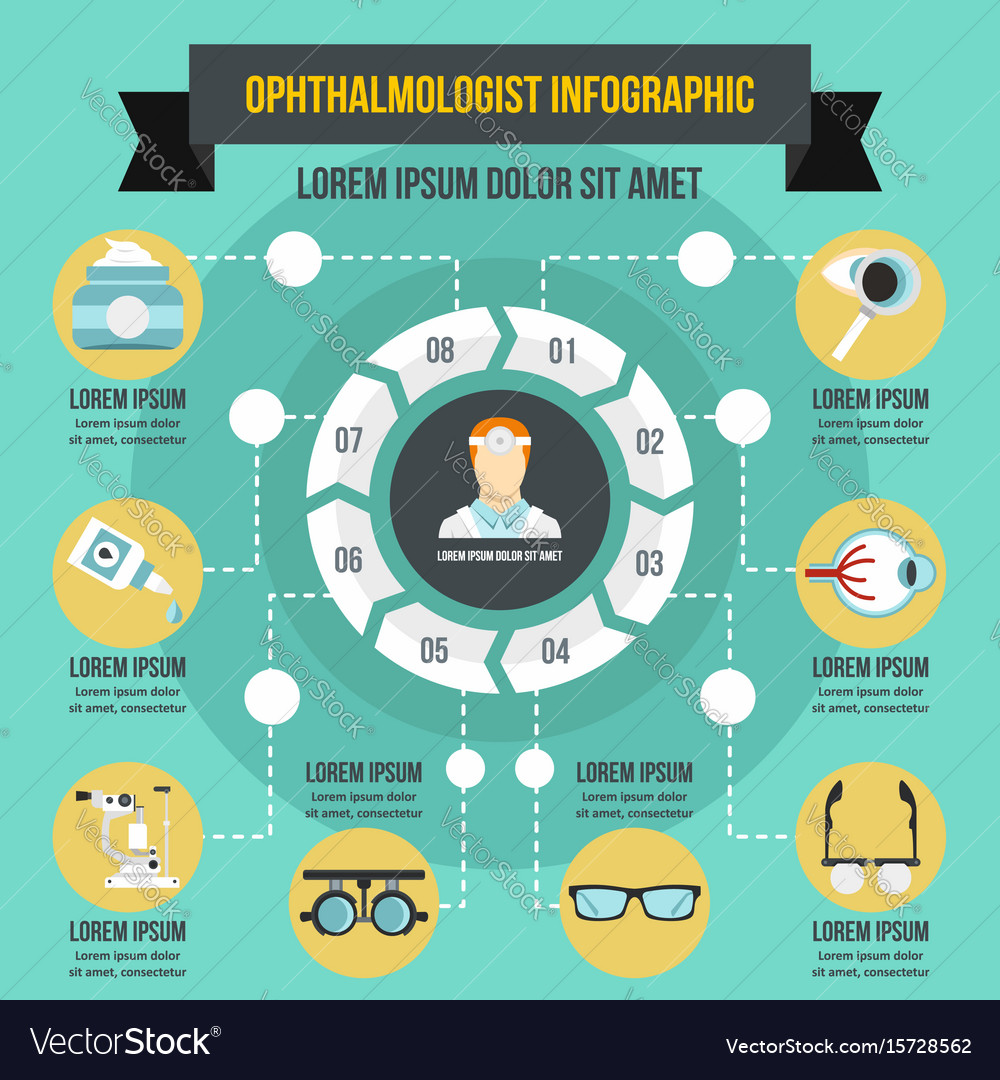Reveal The Possibilities Of Refractive Lens Exchange And The Unanticipated Realities That Your Eye Treatment Professional Might Not Share-- Could This Be The Vision Solution You've Been Forgeting?
Reveal The Possibilities Of Refractive Lens Exchange And The Unanticipated Realities That Your Eye Treatment Professional Might Not Share-- Could This Be The Vision Solution You've Been Forgeting?
Blog Article
Authored By-Hendricks Ludvigsen
Have you ever thought about Refractive Lens Exchange (RLE) as a choice for vision improvement? While it isn't as commonly discussed as LASIK, RLE could be a game-changer for your sight. Many people ignore its benefits, believing conventional techniques are their only option. But what are the real benefits, and what might your ophthalmologist not be informing you concerning this procedure? Let's check out the ins and outs of RLE with each other.
Comprehending Refractive Lens Exchange: The Fundamentals
Refractive lens exchange (RLE) is a surgical procedure that can substantially improve your vision, especially if you're handling presbyopia or serious refractive errors.
During RLE, your eye specialist removes your eye's all-natural lens and replaces it with a synthetic one tailored to your vision requires. This procedure can remedy nearsightedness, farsightedness, and astigmatism, giving you more clear vision without relying upon glasses or contact lenses.
The surgical procedure is generally fast, taking less than an hour, and most clients experience very little discomfort. Recuperation is fairly quick, enabling you to return to your day-to-day activities shortly after.
If you're considering RLE, talking to your optometrist can help you identify if it's the right selection for you.
Key Differences In Between RLE and Typical Cataract Surgery
While both refractive lens exchange (RLE) and typical cataract surgical treatment entail changing the eye's all-natural lens, their key goals and person accounts vary considerably.
RLE is focused on individuals looking for to reduce their dependence on glasses or call lenses because of refractive mistakes, often prior to cataracts develop. On the other hand, conventional cataract surgical procedure typically targets patients that have actually developed cataracts, which shadow the lens and harm vision.
The lenses made use of in RLE can supply a more comprehensive range of vision improvement, while standard cataract surgical procedure normally involves basic monofocal lenses.
Furthermore, RLE prospects are typically younger and in good total health, whereas cataract people might be older and have various other wellness issues.
Picking the best treatment depends upon your details vision demands and conditions.
Potential Advantages and Factors To Consider of RLE
If you're considering refractive lens exchange (RLE), you'll locate numerous prospective advantages that might improve your quality of life.
RLE can provide you with more clear vision, lowering or getting rid of the need for glasses or call lenses. It provides a possibility to address presbyopia and various other refractive mistakes all at once, usually improving your general visual acuity.
Additionally, RLE can be a fantastic choice if you're not an appropriate candidate for LASIK. However, it is essential to consider the considerations, like the cost, potential risks, and the recovery duration.
Discussing your details requirements with your optometrist can aid you make an educated decision, guaranteeing you select the most effective course for your vision adjustment.
Conclusion
Finally, refractive lens exchange provides an one-of-a-kind service for vision modification that goes beyond what LASIK can provide. It's vital to weigh the benefits against potential threats and prices before choosing. Do not hesitate to ask your input here to ensure you completely understand the procedure and its effects for your vision. With the ideal details, you can with confidence choose the best alternative for your eyes and way of life.
